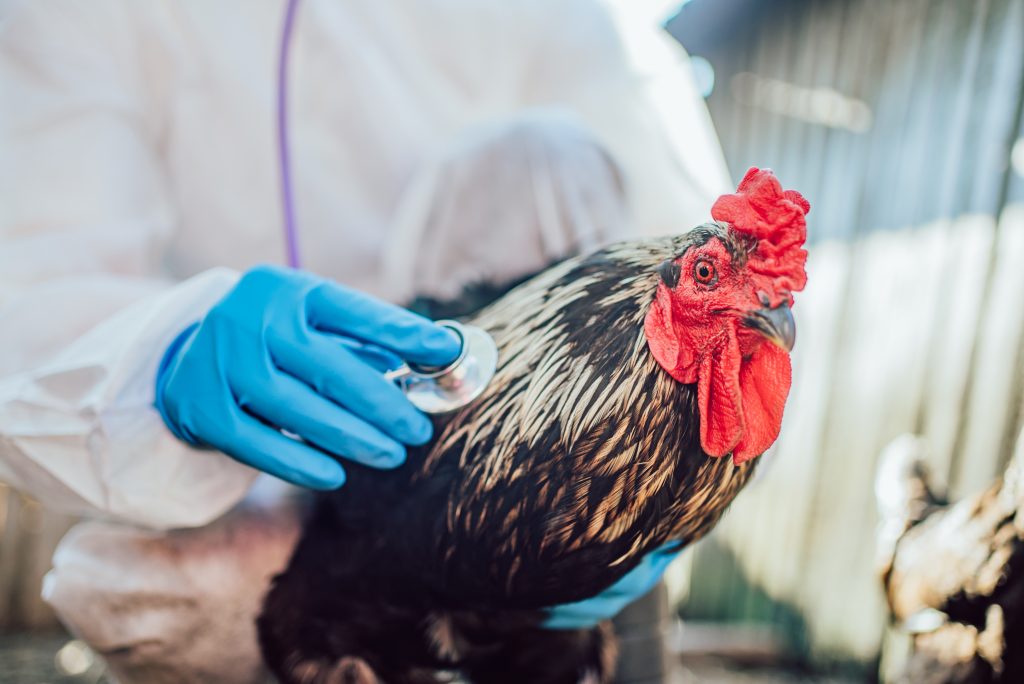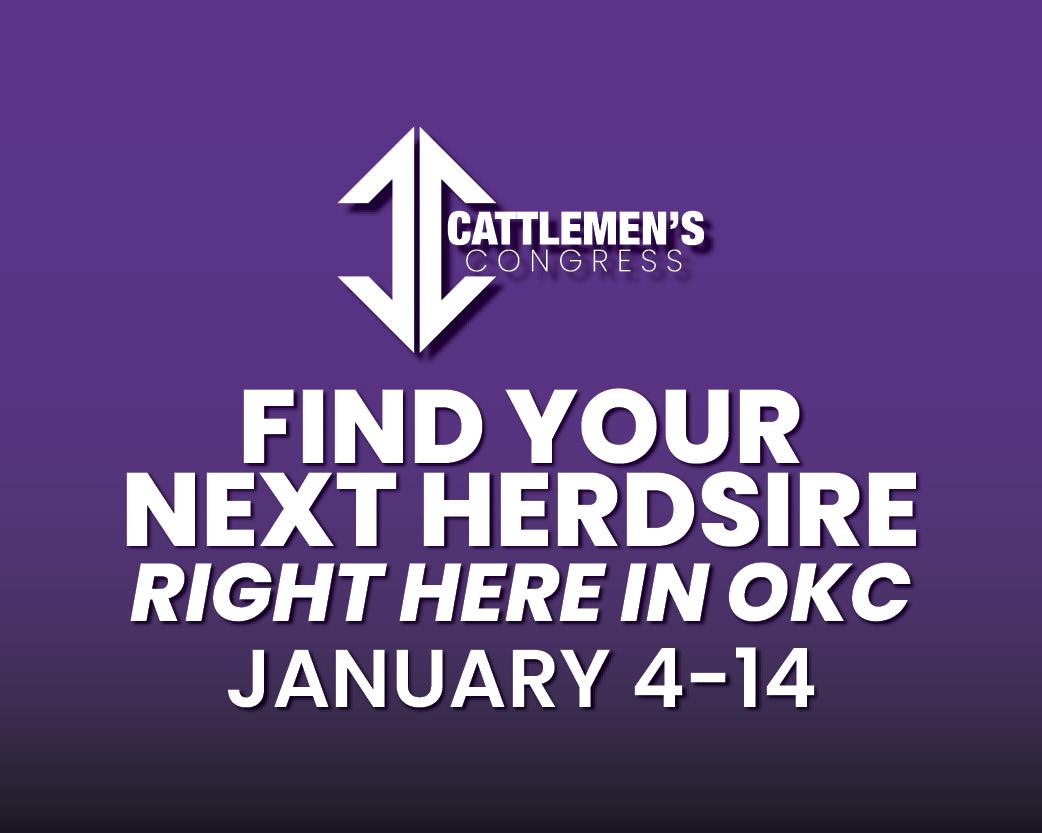
Highly Pathogenic Avian Influenza (HPAI) represents a significant and cyclical biological threat to the U.S. poultry and livestock industries, primarily due to the migration of wild birds. The primary threat vector is identified as coming from Canada.
Disease Protocol and Impact
The presence of HPAI necessitates strict, immediate response protocols due to its highly contagious nature. The severity of this threat was a key topic at the Ag Outlook Forum, featured on a panel moderated by Phil Brasher of Agri-pulse with Steve Boren, Vice President of Livestock at Boehringer Ingelheim, and Ron Phillips, Senior VP of Policy at the Animal Health Institute.
- Depopulation: The standard and current primary protocol for managing an HPAI outbreak in a commercial facility is the depopulation (culling) of the entire flock. Since the initial outbreak, over 175 million birds have been depopulated as part of disease control efforts.
- Biosecurity: For producers, rigorous biosecurity is the primary mode of defense to prevent infection.
- Industry Surveillance: The U.S. Department of Agriculture (USDA) strategy includes monitoring and surveillance programs, such as one involving 900 poultry operations.
Challenges in Vaccination
Vaccination protocols, a common tool for disease management, face thorny and complex issues within the U.S. poultry industry.
- Mixed Industry Support: Industry support for vaccination is mixed. Segments heavily impacted by HPAI, such as the Turkey Federation and egg producers, are generally supportive of exploring vaccination.
- Trade Implications: A major concern, particularly for the National Chicken Council, involves the potential trade issues that vaccination could trigger. The U.S. exports a significant portion (over 15%) of its 9 billion broiler chickens annually, and foreign trade partners may impose restrictions or tariffs on products from vaccinated flocks.
- Technological Solutions: Research into new technologies like DIVA vaccines (Differentiating Infected from Vaccinated Animals) and regionalization strategies are being discussed as potential ways to manage the disease without crippling trade. However, gaining ironclad commitments from trade partners remains a significant barrier.
Broader Public Context
The discussion surrounding animal health has been influenced by a populist movement following the COVID-19 pandemic, specifically concerning mRNA vaccine technology.
- Controversy: The use of mRNA vaccines has become a highly debated topic that has also extended to the animal space.
- Legislation: As an example of this impact, 17 states introduced bills this year alone that would have required labeling or otherwise sought to restrict the use of mRNA vaccines in animals.
- Innovation: This social and political climate presents a risk of dampening the drive for innovation and the development of new vaccine technologies for animal use. Currently, there are no mRNA vaccines approved for use in animals in the U.S..


















